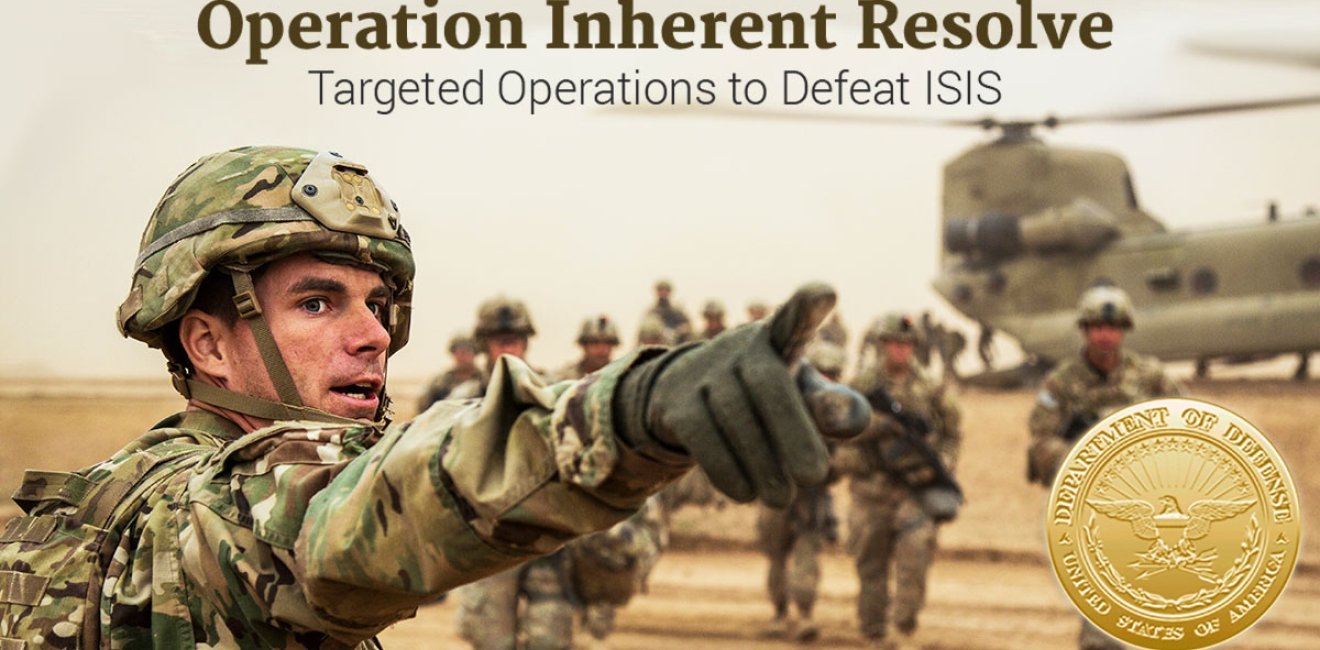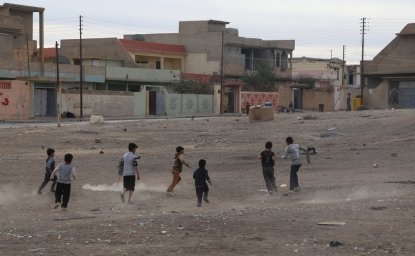Since the Islamic State collapsed, what is the U.S.-led Global Coalition doing specifically now to deal with ISIS underground?
The coalition is engaged in a combination of training, equipping and advising local forces in counter-insurgency and the counter-terror environment; stabilization funding; and various political and governance programs. It is also involved in military actions, including both airborne and special forces operations against particularly dangerous targets. This includes targeting in Syrian areas beyond SDF territory in the northeast.
What role is the United States playing in coalition operations? How many airstrikes did the coalition conduct monthly in 2020—compared with 2015 in the first full year of the air campaign? What percentage of the airstrikes have been carried out by the United States?

The United States provides the military leadership and much of the staff of Combined Joint Task Force for Operation Inherent Resolve (CJTF-OIR). It also informally runs the political coalition to defeat ISIS through American management of the Coalition political secretariat. It provides almost all the troops on the ground in Syria and a smaller but significant share of the coalition troops in Iraq, which were in flux at the end of 2020. U.S. airstrikes are relatively rare compared to the almost 10,000 annually at the height of campaign. The coalition conducted well over 30,000 between 2014 and 2020. The majority of airstrikes have been by the United States; the U.S. percentage is even higher now.
The coalition has more than 75 countries and local military partners. What are the other countries doing? What countries are playing the most significant roles or have the largest numbers of troops and warplanes committed to the campaign besides the United States?
Iraq and the local Syrian partners—the SDF and the Syrian Democratic Council—play the key roles in ground operations, stabilization, and hosting coalition forces. The next largest commitments are by France, Britain, and Germany, who have provided significant ground forces. Britain and France have also provided considerable airpower and special forces for training and direct action military operations. A broad range of other European countries—from the Benelux countries, Scandinavia and Italy—are also very active on the ground and in the diplomatic superstructure of the coalition.
What is the future of the coalition?
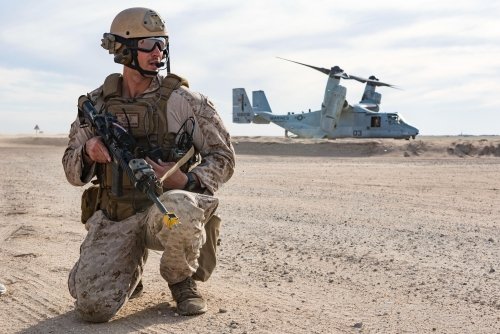
As long as there is a significant ISIS presence in Iraq and Syria, the United States and especially its European allies, who have been subjected to waves of ISIS-planned or -inspired terrorist attacks, will not consider standing down Operation Inherent Resolve or abandoning the political superstructure, which includes task forces that deal with foreign fighters, reconstruction, terrorist financing and social messaging. In 2019, President Trump proposed that NATO take over many of the functions of the CJTF-OIR. NATO agreed to expand its presence in the NATO Mission Iraq, or NMI, perhaps by as much as 100 percent in personnel, above the few hundred that were deployed in Iraq in 2020. NATO also agreed to take on additional training as well as headquarters planning and intelligence support functions.
But many coalition partners—beginning with Britain, France and Germany and including others that are also NATO members—have pushed back on NATO taking over the bulk of CJTF-OIR missions for at least four reasons: First, the coalition has had proven success, especially compared to similar international efforts in Libya, West Africa, Afghanistan and Iraq. Second, the CJTF has capabilities that NATO is highly unlikely to authorize or that will face political problems when it comes to command-and-control operations, notably in Syria and the direct coalition strikes on ISIS targets. Third, the coalition is more flexible than NATO when it comes to making decisions. With no fixed rules in the past, the United States and key partners routinely determined what had relative consensus, then consulted with members, but ultimately made the final decision. If NATO took over, its operations would need unanimous consent, with several potential challenges, from Germany’s strong pacifist tendencies to Turkey’s national interests on Kurdish issues in both Iraq and Syria. Fourth, the coalition military presence in Syria is dependent on the SDF being capable of hosting coalition forces (in the face of opposition from the Syrian government, Turkey, Russia and Iran) and Iraq being willing to continue hosting coalition forces (in the face of opposition from Iran and Iranian-backed Iraqi militias).
Author
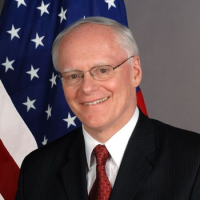
Former ambassador to Iraq and Turkey, and Special Envoy to the Global Coalition To Defeat ISIS

The Islamists
Learn more about Hamas and how it relates to similarly aligned organizations throughout the region. Read more


Middle East Program
The Wilson Center’s Middle East Program serves as a crucial resource for the policymaking community and beyond, providing analyses and research that helps inform US foreign policymaking, stimulates public debate, and expands knowledge about issues in the wider Middle East and North Africa (MENA) region. Read more

Explore More
Browse Insights & Analysis
An Act of Terror Cannot Occur on Russian Soil
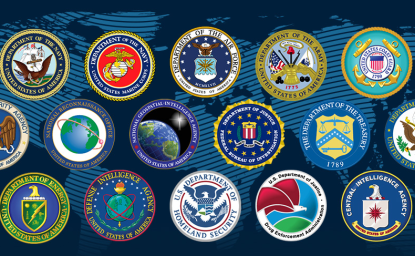
US Intel: ISIS, al Qaeda, Hamas, & Hezbollah

